TPP offers garments and textiles huge opportunities
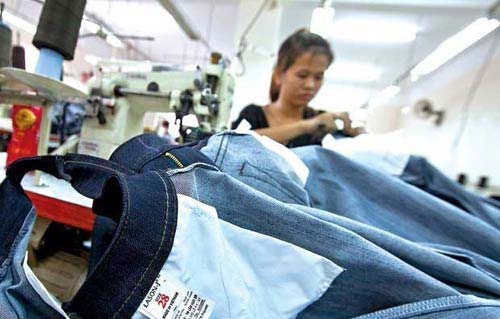
illustration photo
The 12 potential TPP members account for 40% of global GDP and 30% of global trade. TPP commitments are more onerous than their WTO equivalents.
Vietnam’s garments and textiles sector can expect to enjoy the agreement’s greatest benefits. A Radio the Voice of Vietnam (VOV) reporter interviewed Vietnam National Textile and Garment Group (Vinatex) Deputy Director Le Tien Truong about the TPP agreement and its advantages.
Reporter: How is Vinatex preparing for the TPP?
Mr Truong: Over the past 15 years, the group’s strategies have focused on localization, added value, labour productivity, and competition. The TPP negotiations provide fresh impetus for realising this strategy ahead of schedule. .
The group wants to be recognized as a problem solver in the global supply chain.
The TPP will bring unprecedented benefits to the garment and textile sector. Vietnam’s US exports are currently taxed at an average Most Favored Nation (MFA) rate of 17%–18%.
The agreement will reduce these taxes to zero. The TPP’s rule of origin will also promote investment in Vietnamese material production and especially in fabrics, dyes, and weaving.
Vietnam’s garments and textiles exported to the US increased by annual 12–13%, a trend continued in 2013. Provided the TPP is signed soon, export growth could be maintained at 15%–20% over the 2013–2017 period.
Between now and 2017, Vietnam’s US garments and textiles exports are likely to reach US$20 billion, before soaring to more than US$50 million by 2025
Reporter: What are the TPP’s advantages and challenges for Vietnam’s garments and textiles sector?
Mr Truong: The TPP could improve the sector’s added value and localization rates if it successfully promotes investment in Vietnamese material zones.
Effectively capitalizing on the TPP requires certain preconditions.
Firstly, tariffs should be cut dramatically in the initial stages of the agreement to ensure investors find Vietnam sufficiently enticing. Tax reductions help investors, manufacturers, and purchasers.
An unfeasible rule of origin threatens to hinder the TPP’s implementation.
Foreign investors often surpass comparable Vietnamese businesses in terms of finance, technology, and markets. They are ready and waiting to pounce on any opportunity available when the agreement is finally signed.
Reporter: What does Vietnam have to do to ensure the garment and textile sector maximises its long-term TPP benefits?
Mr Truong: State management agencies should devise garments and textiles sector development plans incorporating a vision towards 2050. Ambitions regarding the sector’s scale and role in the national economy should be clarified.
Turnovers of US$50–60 billion require material and workforce zoning plans that help avoid sporadic and untargeted development, labour shortages, and infrastructure deficiencies.
Policies should encourage the sector’s businesses to expand their operations and cooperate on using local materials.
Local authorities, the Ministry of Industry and Trade, and the Vietnam Textile and Apparel Association should hold regular consultations on FDI project licensing.
What the stars mean:
★ Poor ★ ★ Promising ★★★ Good ★★★★ Very good ★★★★★ Exceptional
Latest News
More News
- Vietnam National Assembly adopts amended Law on Pharmacy (November 22, 2024 | 19:09)
- Power of partnerships: 30 years of Bayer in Vietnam (November 22, 2024 | 15:34)
- Consumption demand driving export performance (November 22, 2024 | 10:59)
- Rice exports set to break records (November 21, 2024 | 17:53)
- Growth beckons for GenAI startups in Vietnam (November 21, 2024 | 17:47)
- SABECO to elevate Vietnam's beverage industry to global standards (November 21, 2024 | 17:36)
- ABeam Consulting Vietnam introduces BSQCD Purchasing Strategy Framework (November 21, 2024 | 16:40)
- Major railway requires debt considerations (November 21, 2024 | 12:07)
- Reviving a new life cycle for plastic waste (November 21, 2024 | 09:16)
- Key balances maintained for industrial production (November 21, 2024 | 08:00)




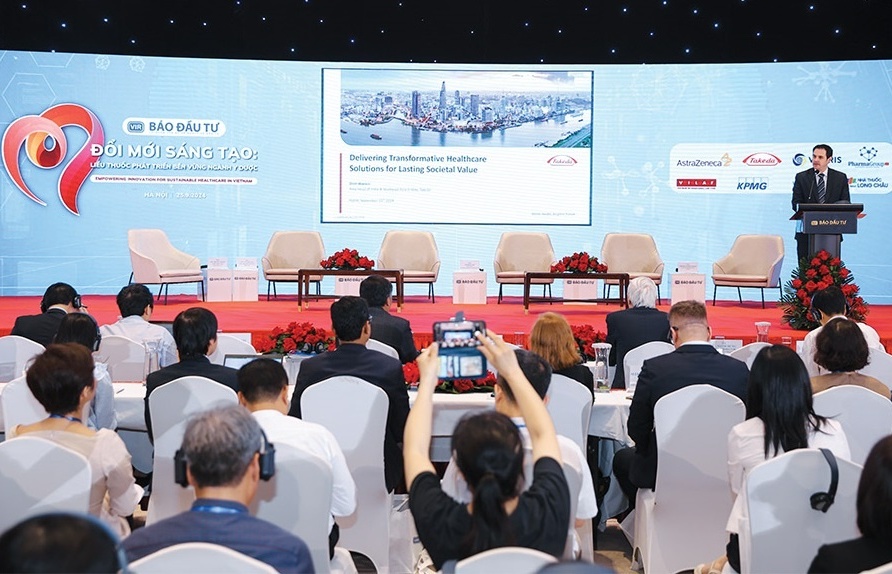
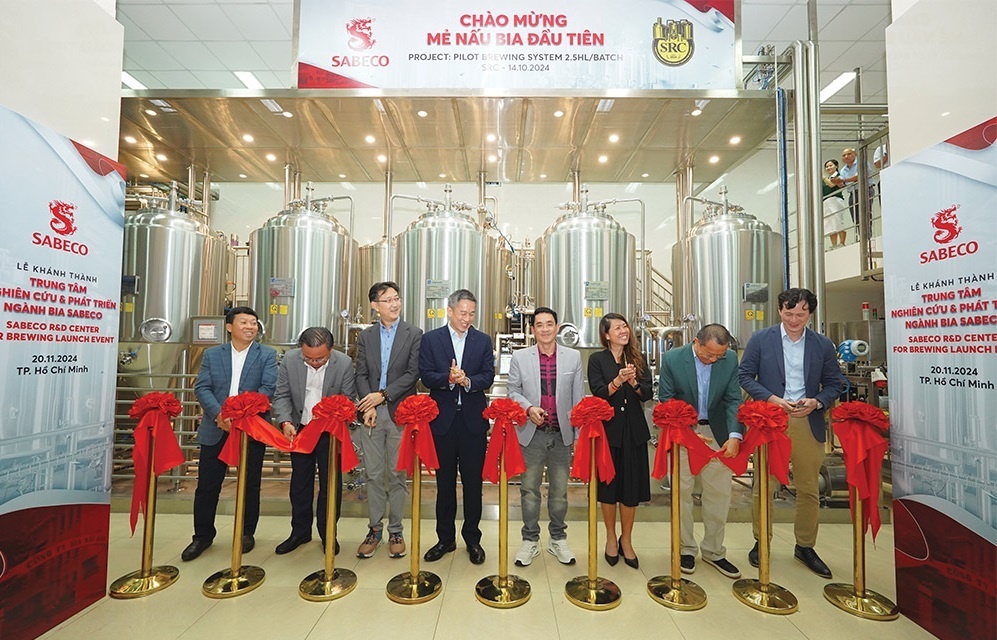







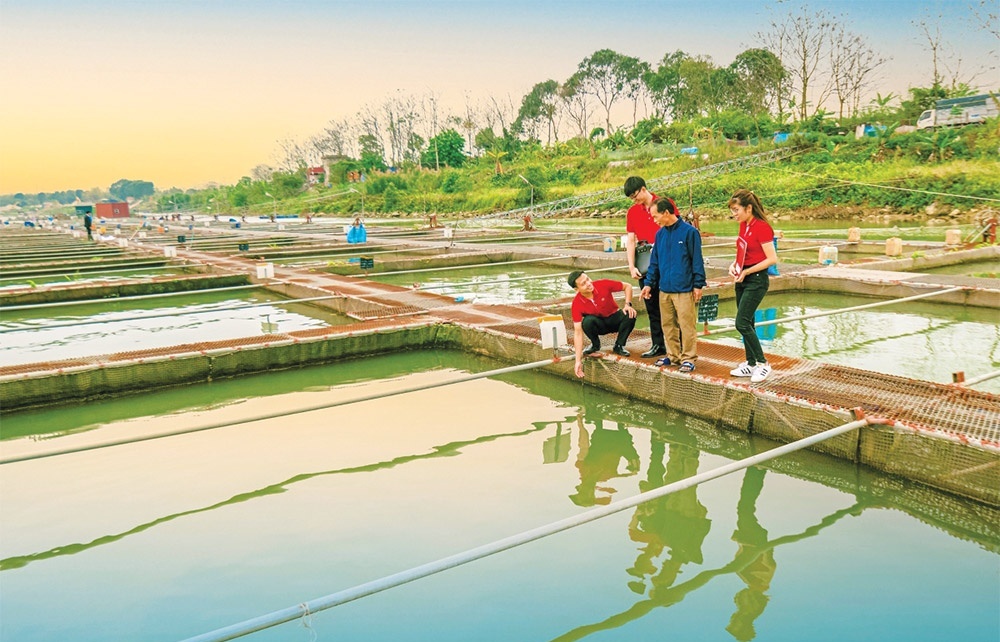
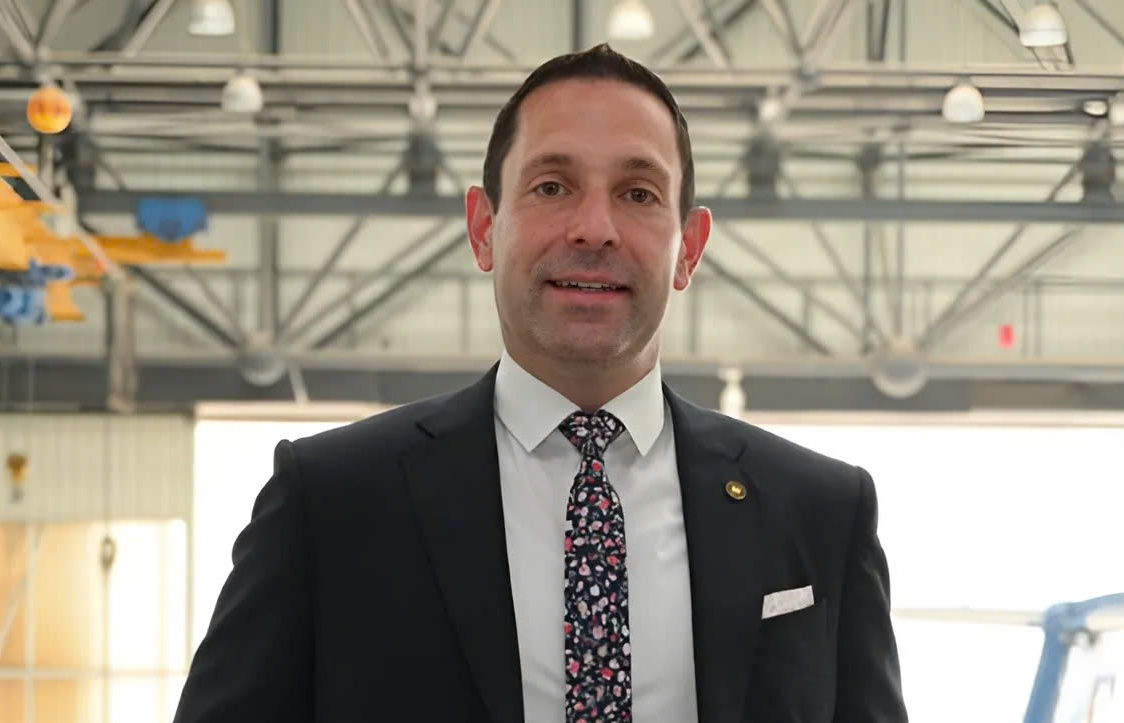
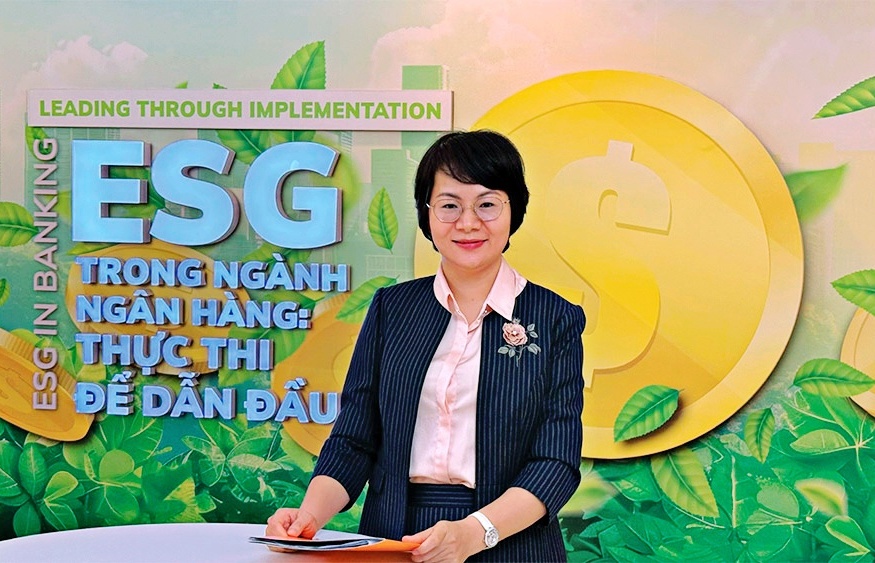




 Mobile Version
Mobile Version